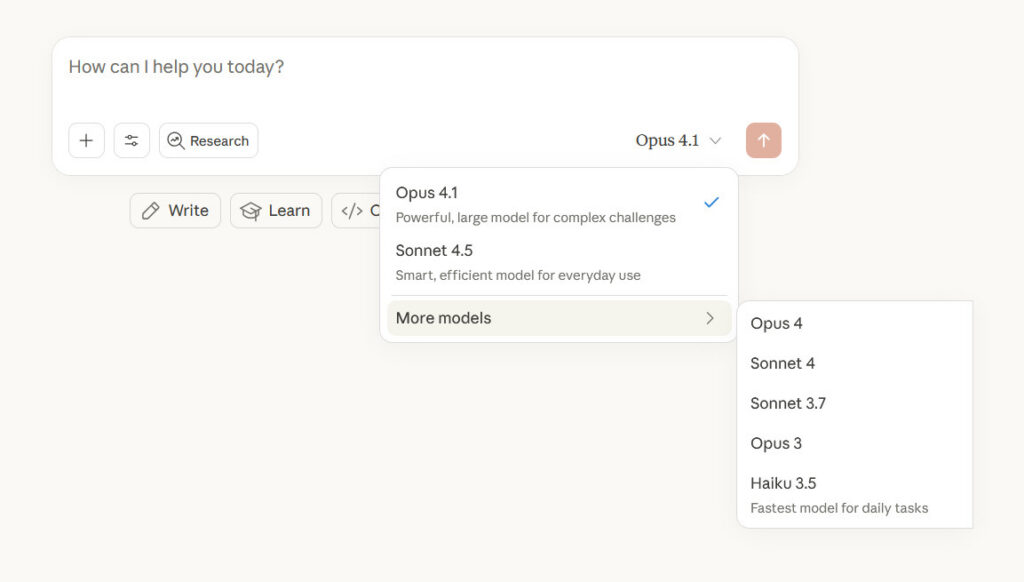Introduction to AI-Generated Images
OpenAI has pulled its upgraded image generation feature, powered by the advanced GPT-4o reasoning model, from the free tier of ChatGPT. The decision comes just a day after the update was launched, following an unforeseen surge in users creating images in the distinctive style of renowned Japanese animation house, Studio Ghibli.
The Upgrade and Its Capabilities
The update, which promised to deliver enhanced realism in both AI-generated images and text, was intended to showcase the capabilities of GPT-4o. This new model employs an “autoregressive approach” to image creation, building visuals from left to right and top to bottom, a method that contrasts with the simultaneous generation employed by older models. This technique is designed to improve the accuracy and lifelike quality of the imagery produced. Furthermore, the new model generates sharper and more coherent text within images, addressing a common shortcoming of previous AI models which often resulted in blurry or nonsensical text.
User Response and the Rise of Studio Ghibli-Style Images
However, the public response to the image generation upgrade took an unexpected turn almost immediately after its release on ChatGPT. Users embraced the ability to create images in the iconic style of Studio Ghibli, sharing their imaginative creations across various social media platforms. These included reimagined scenes from classic films like “The Godfather” and “Star Wars,” as well as popular internet memes such as “distracted boyfriend” and “disaster girl,” all rendered with the aesthetic of the beloved animation studio. Even OpenAI CEO Sam Altman joined in on the fun, changing his profile picture to a Studio Ghibli-esque rendition of himself.
The Decision to Roll Back
The virality of the Studio Ghibli-style images seemingly prompted OpenAI to reconsider its rollout strategy. While the company had attempted to address ethical and legal considerations surrounding AI image generation, the sheer volume and nature of the user-generated content appear to have caught them off-guard. The intersection of AI-generated art and intellectual property rights is a complex and often debated area. Style is not historically considered as being protected by copyright law in the same respect as specific works. Despite this legal nuance, OpenAI’s swift decision to withdraw the GPT-4o image generation feature from its free tier suggests a cautious approach.
Implications and Future Directions
OpenAI’s decision to roll back the deployment of its latest image generation feature underscores the ongoing uncertainty around not just copyright law, but also the ethical implications of using AI to replicate human creativity. The company appears to be taking a step back to evaluate the situation and determine its next course of action in light of the unexpected popularity of Ghibli-inspired AI art. While paid subscribers to ChatGPT Plus, Pro, and Team continue to have access to the feature, there is no specific timeframe for when the functionality would return to the free tier.
Conclusion
The rapid development and deployment of AI technologies, such as image generation, are pushing the boundaries of what is possible in the digital realm. However, as seen with the response to OpenAI’s GPT-4o model, these advancements also raise important questions about intellectual property, creativity, and the ethical use of technology. As the field continues to evolve, it is crucial for companies, policymakers, and the public to engage in ongoing discussions about the implications of AI-generated content and how to navigate the complex legal and ethical landscapes that come with it.
FAQs
- What is GPT-4o? GPT-4o is an advanced reasoning model developed by OpenAI, designed to enhance the capabilities of AI in generating images and text.
- Why did OpenAI remove the image generation feature from the free tier of ChatGPT? The feature was removed due to an unforeseen surge in users creating images in the style of Studio Ghibli, raising concerns about intellectual property and the ethical implications of AI-generated art.
- Is the image generation feature still available? Yes, the feature is still available to paid subscribers of ChatGPT Plus, Pro, and Team, but its return to the free tier has been delayed.
- What are the implications of AI-generated art on intellectual property rights? The intersection of AI-generated art and intellectual property rights is complex. While styles are not protected by copyright in the same way specific works are, the use of AI to replicate human creativity raises important ethical and legal questions.
- Where can I learn more about AI and big data? You can learn more about AI and big data from industry leaders at events like the AI & Big Data Expo, which takes place in Amsterdam, California, and London, and is co-located with other leading events.











